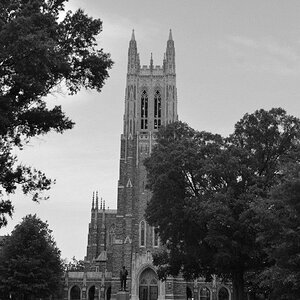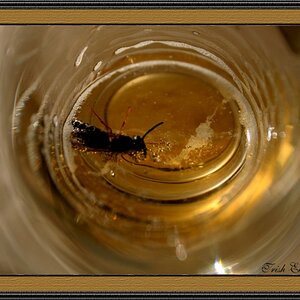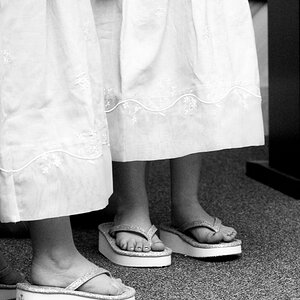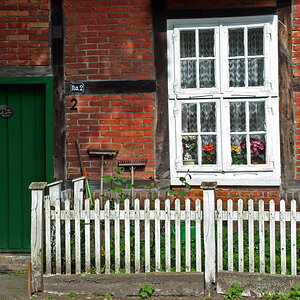JayJay65
TPF Noob!
- Joined
- May 4, 2007
- Messages
- 286
- Reaction score
- 0
- Location
- Connecticut
- Can others edit my Photos
- Photos NOT OK to edit
http://www.earthsky.org/radioshows/51468/the-2007-peak-of-the-perseid-meteor-showe
Perseid Meteor Shower is supposed to occur at August 12/13th (12am) from what I know.. Im really nervous, its my first meteor shower (seeing)..
Couple of questions..
1) Were will this be viewable? (north, south, ect)
2) 16 sec shutter, f4, 80 ISO.. are these good settings?
3) Will the meteors be coming and going to the same place, or scattered?
4) How long will it be viewable?
5) What time will it be viewable? (from what i know, its 11pm-12am eastern TZ)
Any info is nice, thanks guys, if i sound weird its cause im mega nervous
-Jess
Perseid Meteor Shower is supposed to occur at August 12/13th (12am) from what I know.. Im really nervous, its my first meteor shower (seeing)..
Couple of questions..
1) Were will this be viewable? (north, south, ect)
2) 16 sec shutter, f4, 80 ISO.. are these good settings?
3) Will the meteors be coming and going to the same place, or scattered?
4) How long will it be viewable?
5) What time will it be viewable? (from what i know, its 11pm-12am eastern TZ)
Any info is nice, thanks guys, if i sound weird its cause im mega nervous
-Jess






![[No title]](/data/xfmg/thumbnail/34/34135-27c00b73b314c3811e6eded0520a40a2.jpg?1619736307)


![[No title]](/data/xfmg/thumbnail/39/39291-a89dc472765e04f66f617dd9acc8030d.jpg?1619738958)
![[No title]](/data/xfmg/thumbnail/34/34134-d2249816e46b705693bfc543c9b1f481.jpg?1619736306)



